Category: Content Management
-
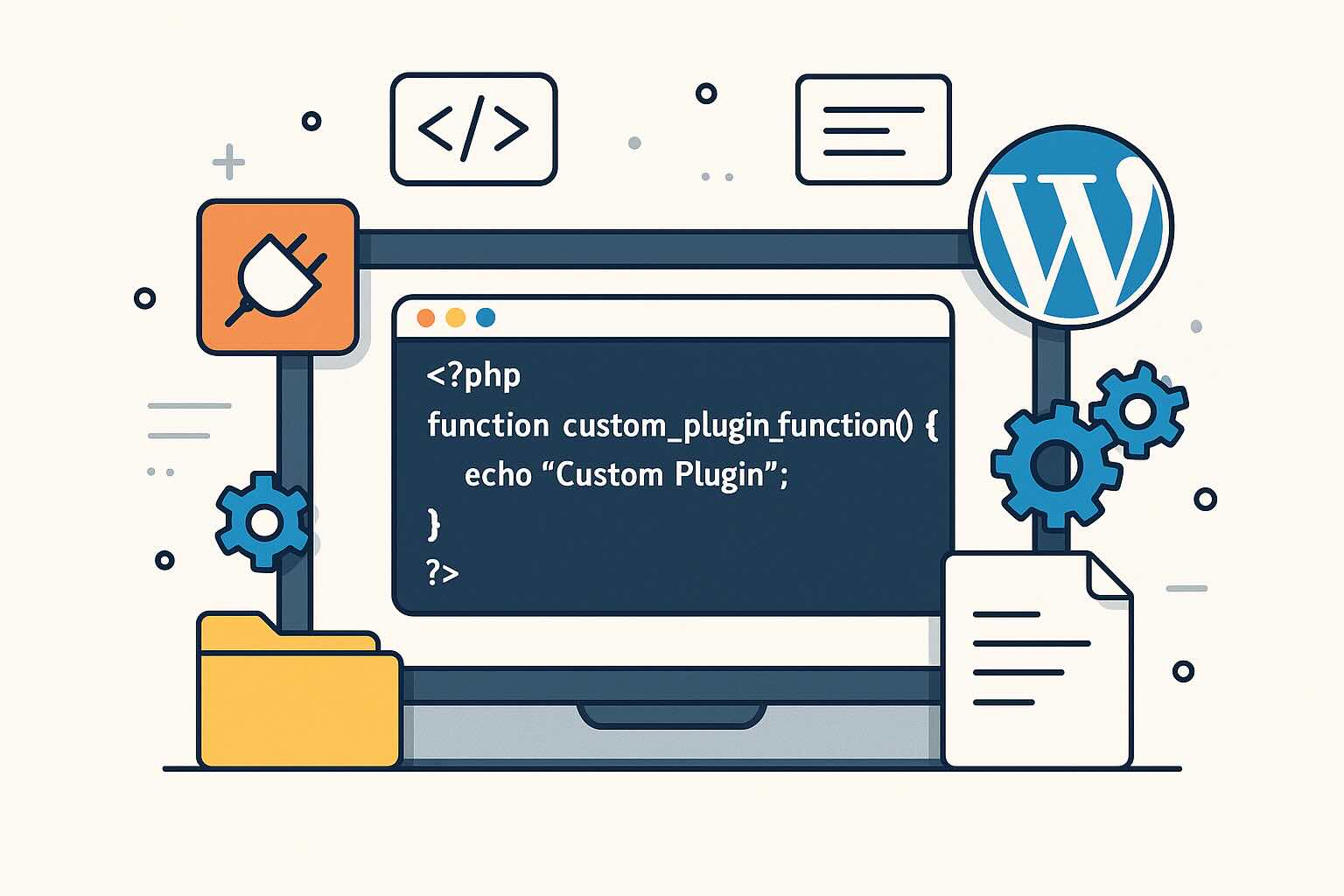
Building Custom WordPress Plugins: A Step-by-Step Beginner’s Guide
As WordPress continues to dominate the web, the demand for custom functionality grows ever stronger. Plugins are the foundation of WordPress extensibility, letting you add bespoke features to your site without touching core code. In this article, I’ll guide you through the essentials of building your own WordPress plugin — no experience necessary. Why Build…
-
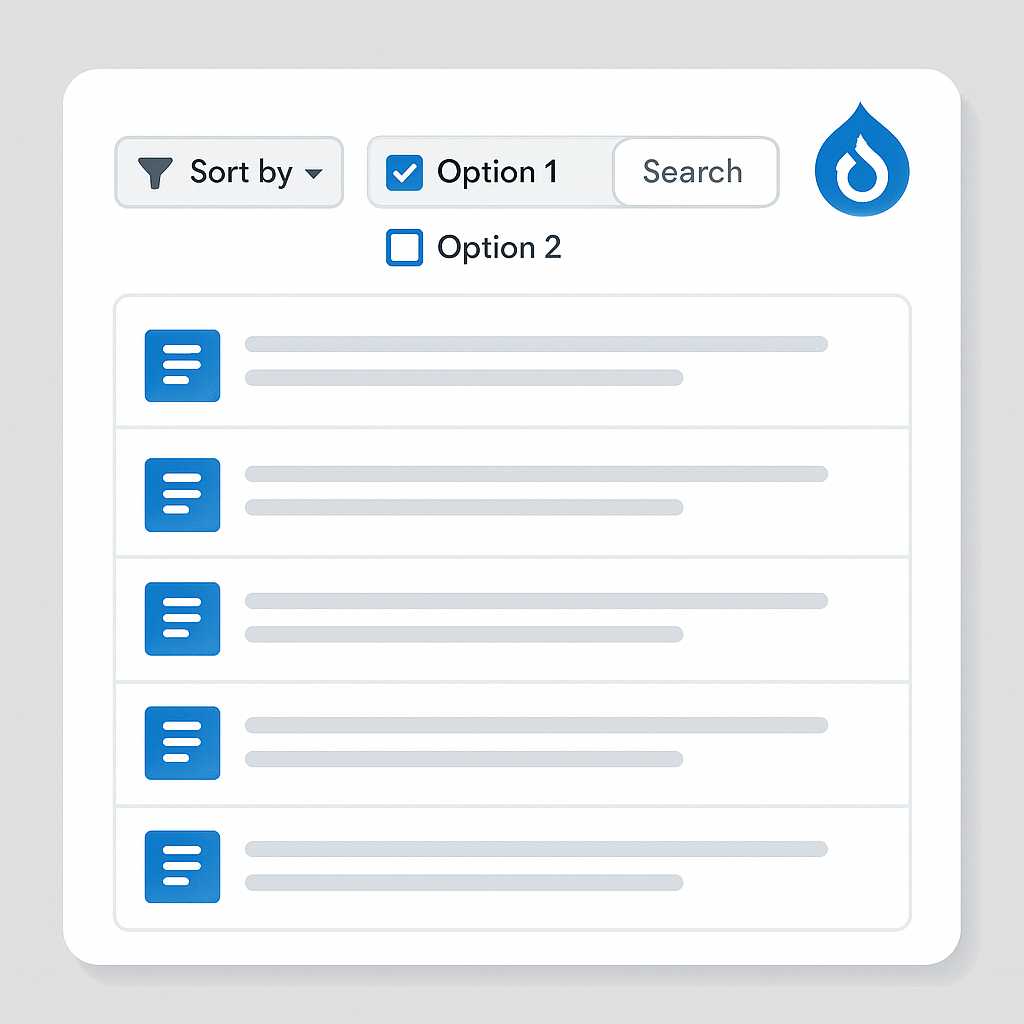
Harnessing Drupal’s Views Exposed Filters for Better User Experiences
As a Drupal web developer, I’m always looking for ways to empower site editors and end-users to get the most out of their sites. One underutilized but incredibly powerful tool in Drupal is Views Exposed Filters. They let visitors filter displayed content to quickly find exactly what they’re looking for. In this article, I’ll share…
-
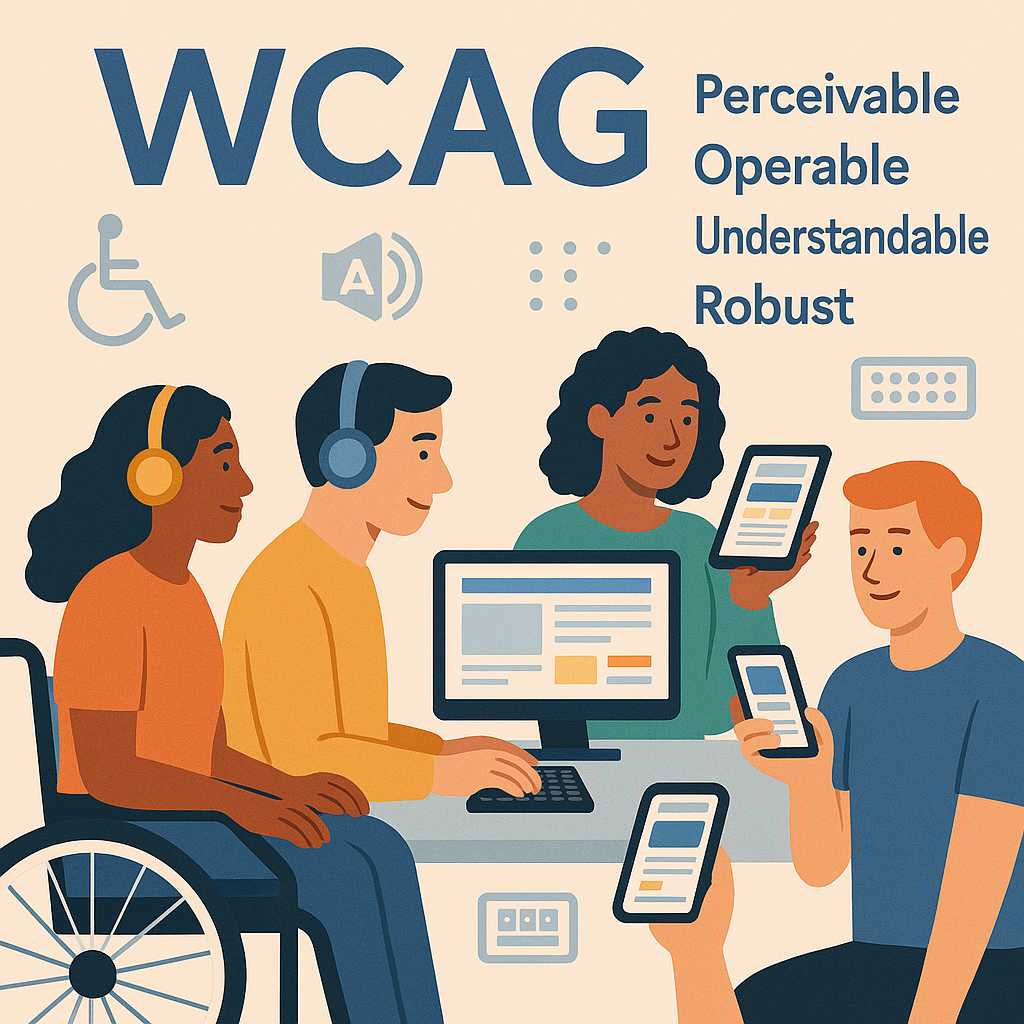
Understanding Web Content Accessibility Guidelines (WCAG): Making the Web Inclusive
The internet is a critical resource in many aspects of life—education, employment, government, commerce, healthcare, and more. To ensure that everyone, including people with disabilities, can access and use web content, the Web Content Accessibility Guidelines (WCAG) were developed. Understanding and implementing these guidelines not only makes your website more inclusive but often improves usability…
-
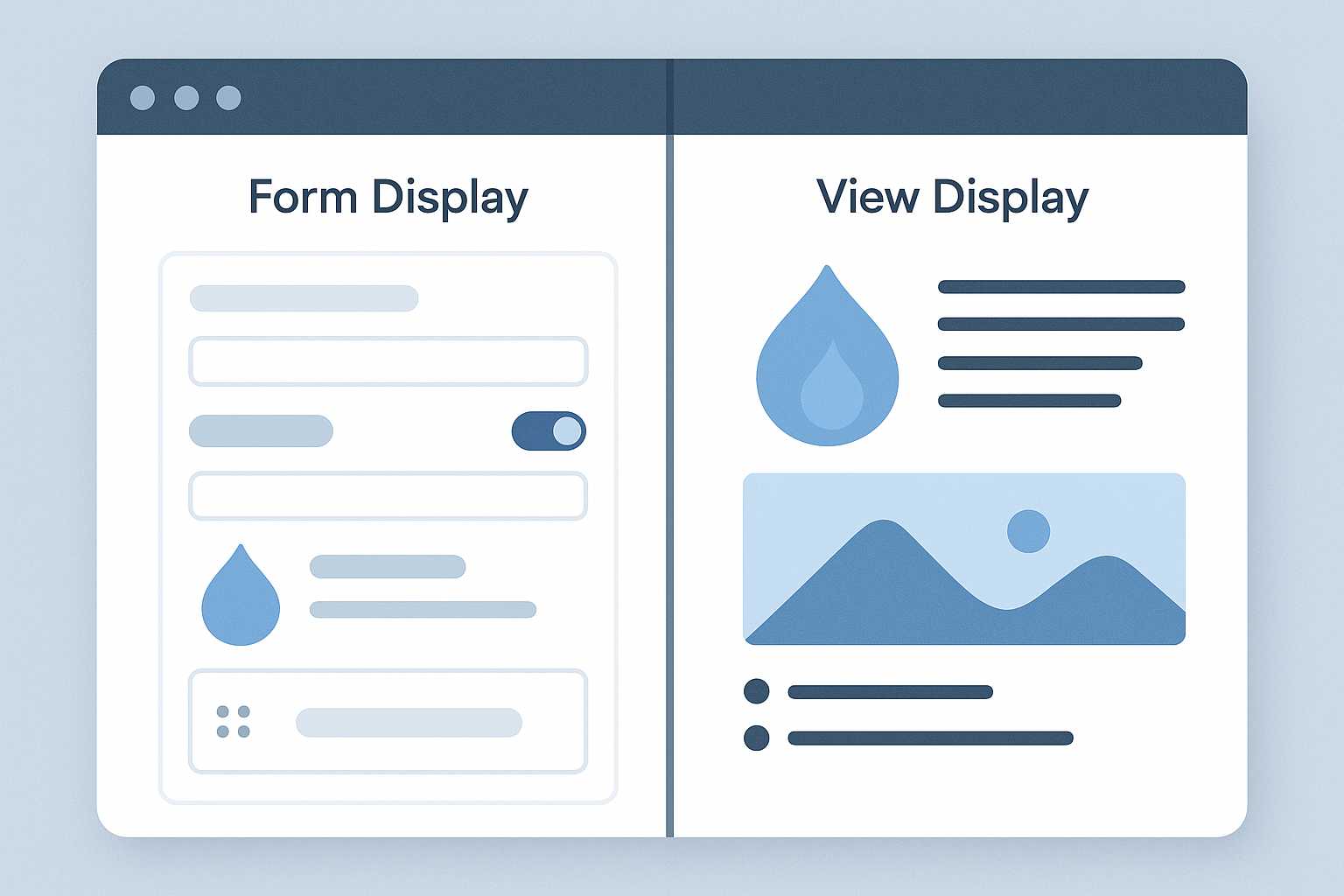
Mastering Drupal’s Field Display: A Guide to Form Display and View Display Configurations
One of Drupal’s most powerful features is its fieldable content architecture. But even experienced site builders can get tripped up by the differences and interplay between "Form display" and "View display" settings for content types, users, and other entities. In this article, I’ll explain what these display concepts mean, why mastering them is essential, and…
-

Understanding WordPress Transients: Caching for Performance and Scalability
Caching is the secret weapon behind high-performing WordPress sites. As a web developer and WordPress expert, I’ve seen countless projects dramatically improve simply by taking advantage of caching—both at the server and application levels. One often underutilized tool built right into WordPress core is the Transients API. In this article, we’ll demystify transients, explore when…
-
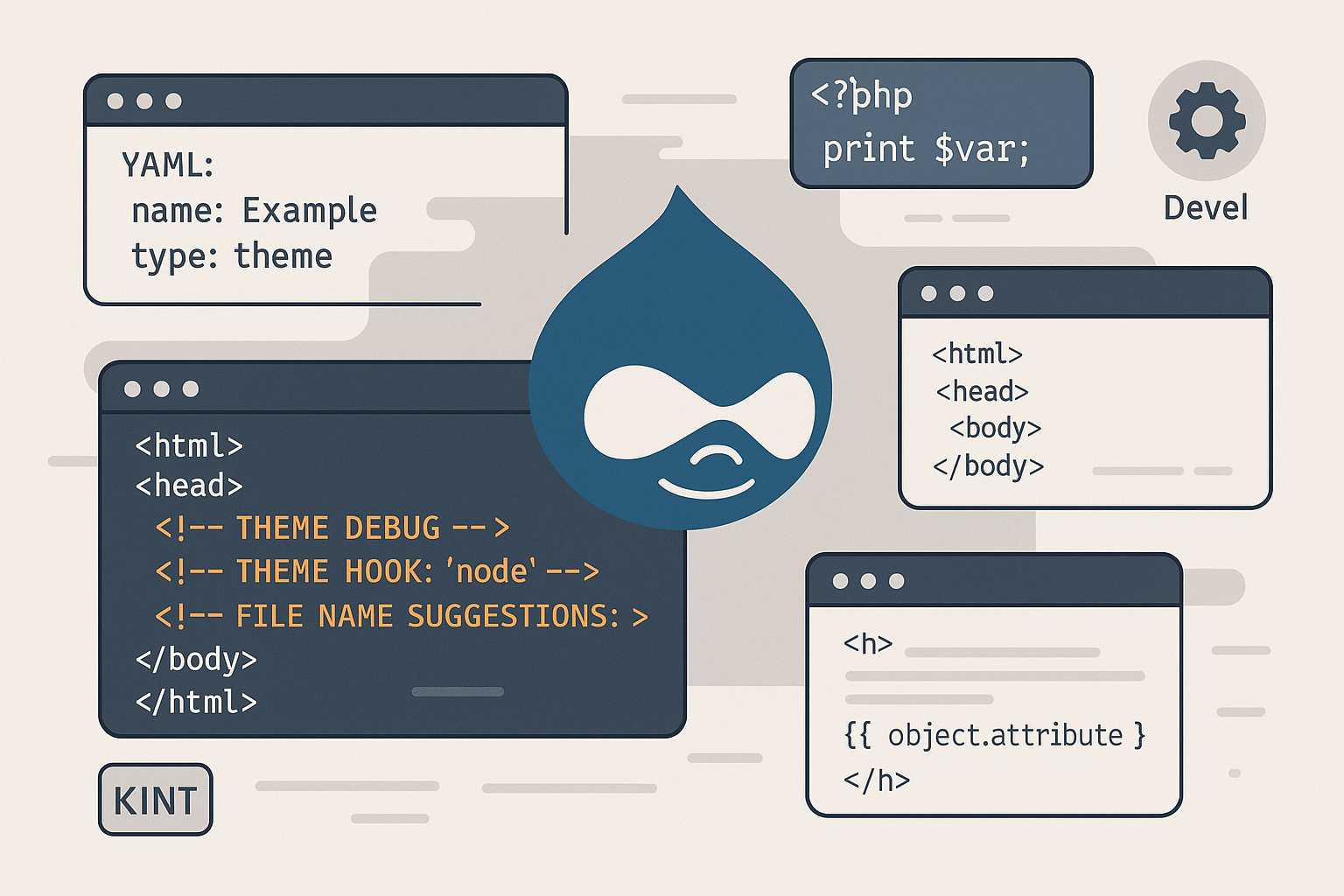
Debugging Twig Templates in Drupal: Essential Tools and Techniques
As a web developer who spends a significant amount of time fine-tuning Drupal themes, one of the most common hurdles is figuring out exactly which Twig template is rendering a particular piece of markup. In this article, I’ll walk you through some effective strategies and tools for debugging Twig templates in Drupal, helping you get…
-
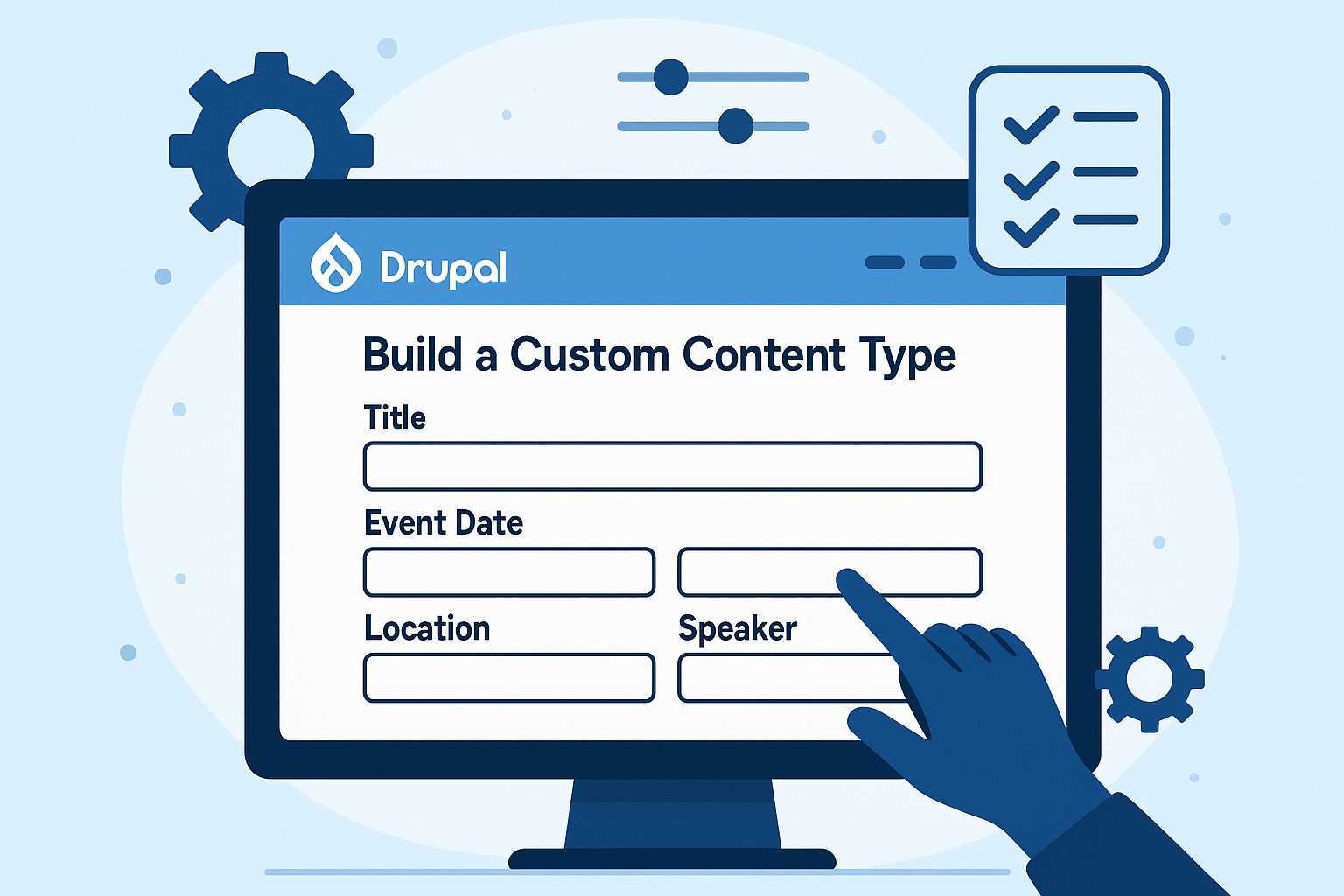
Creating a Custom Drupal Content Type: A Step-By-Step Guide
If you’re looking to extend your Drupal site’s functionality, one of the best ways is by creating custom content types. Content types let you define structured data and custom fields for unique kinds of content, like "Events," "Products," or "Testimonials." In this guide, I’ll walk you through the process, share some tips, and highlight best…
-
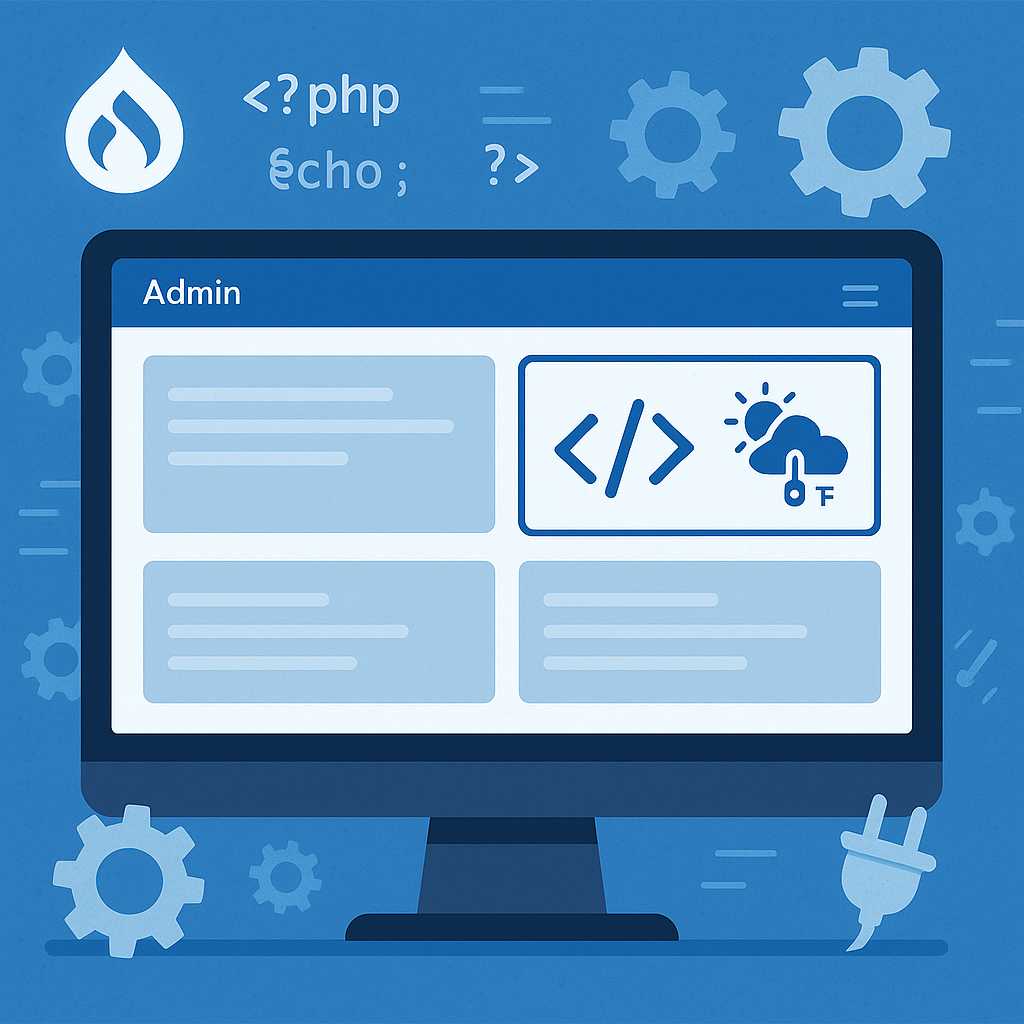
Creating Custom Drupal Blocks with the Block Plugin API
As a Drupal developer, there will inevitably be a time when the stock block types provided just don’t cut it. Maybe you need to display data from an external API or create a specialized widget for editors. Whatever the case, Drupal’s Block Plugin API makes it easy to create your own custom blocks with PHP.…
-
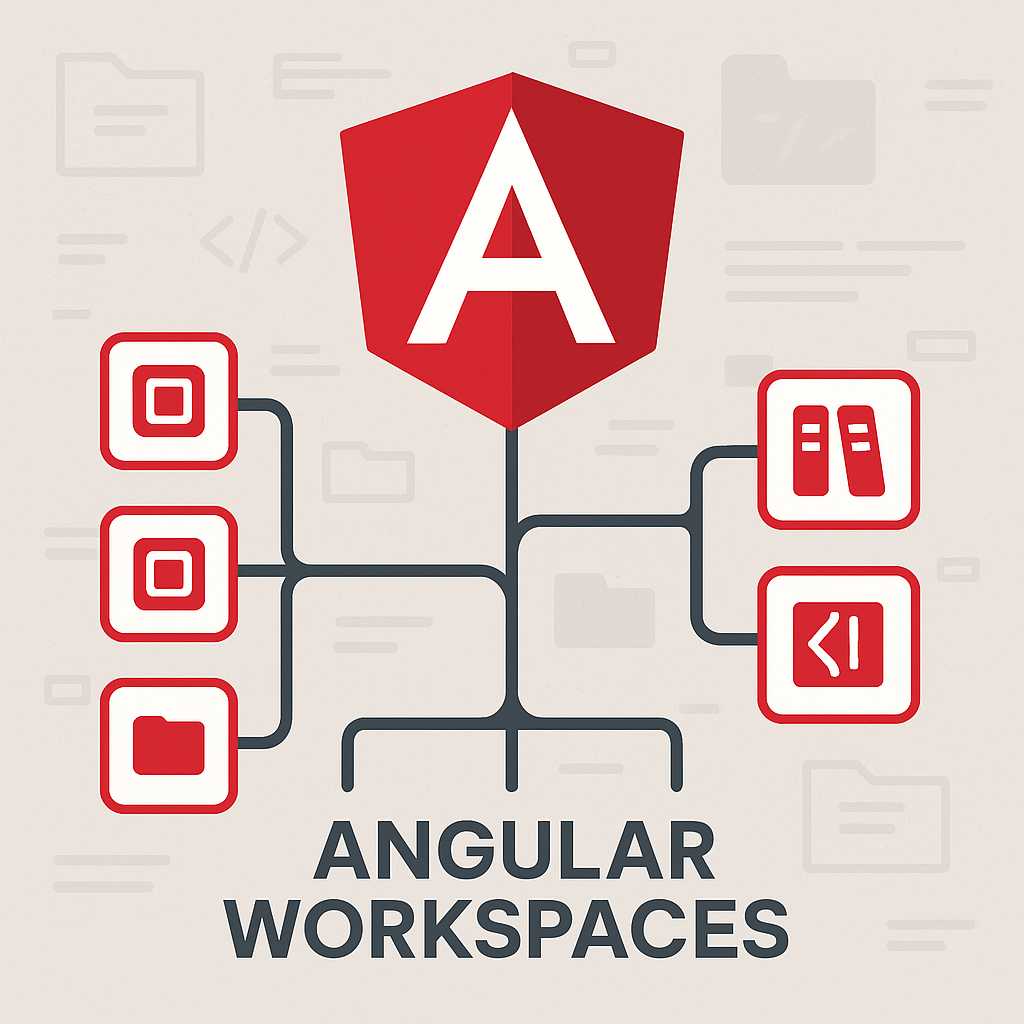
Harnessing the Power of Angular Workspaces: Effective Application and Library Management
Angular is a robust framework for building dynamic web applications, and as your projects grow, organizing your codebase becomes crucial. Angular workspaces are an essential tool that help developers efficiently manage multiple applications, libraries, and reusable components within a single repository. In this article, we’ll explore what Angular workspaces are, why you should use them,…
-
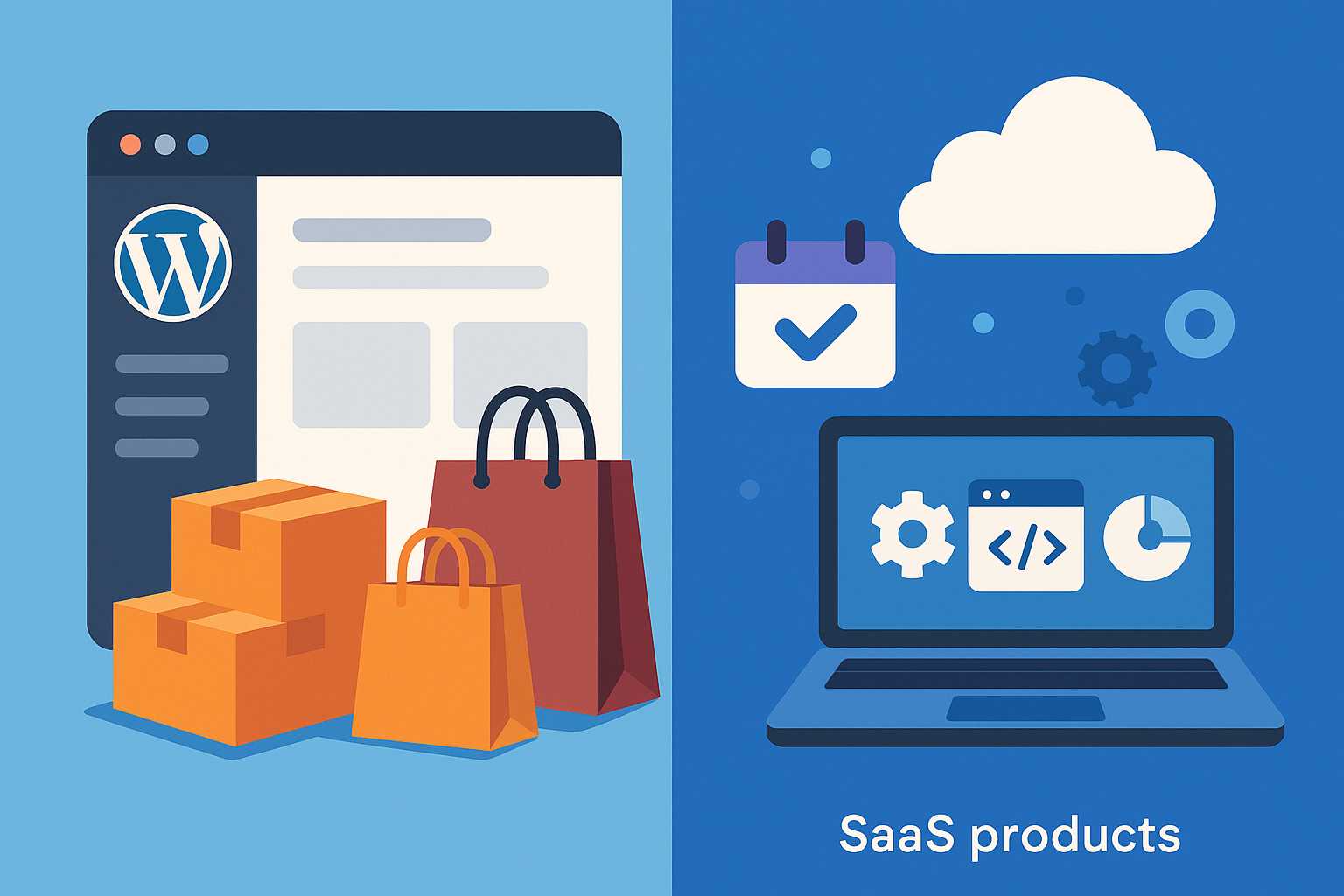
E-Commerce in WordPress: Selling Physical Goods and SaaS Products
WordPress is no longer just a platform for bloggers; it has evolved into a powerful tool for building fully functional e-commerce sites. Whether you want to sell shippable merchandise or digital SaaS products, WordPress provides the flexibility and extensibility to meet your needs. Selling Shippable Merchandise The most common scenario for e-commerce is selling physical…
